Signed "A.Walter Nancy" and "Bergé SC"
Amalric Walter brought the art of glass paste to the highest level and contributed to the reputation of the Nancy School throughout the world. He was a designer, successively mastering the idea, the drawing, the modeling, the harmony of colors and the finishes. No glassmaker from the Nancy School has mastered the entire chain like him, from creation to the finished object. After training at the Sèvres Manufacture, in 1903 he joined the famous Daum crystal factory in Nancy and passed on his know-how in glass paste. During these 10 years of collaboration, he created around a hundred pieces in very brightly colored glass paste. He will work with great freedom in the factory. He will have his staff, his workshop and was not interested in the other glassmakers from Daum. However, it seems that despite some successes, Almaric Walter's glass paste process did not meet his employer's expectations. In fact, it took almost 6 years to see the first achievements. After the war of 1914-1918, he set up on his own at 31 rue Eugène Ferry in Nancy. He received the diploma of honor at the Universal Exhibition of 1900, and the gold medal at the Nancy Exhibitions in 1909 and Brussels in 1910.
Glass Paste Technique: This technique makes it possible to make small glass objects full and in the round has been known since antiquity. The glass paste is cold molded then vitrified by firing. To do this, you must put cullet (remains of crushed glass or glass pellets) in a refractory earth mold then bake the whole thing in the oven. The crushed glass melts under the action of heat and takes the desired shape of the mold. After cooling, it is possible to insert metal oxides in powder form into the mold to create a colored effect. A second firing is then necessary in order to fuse the glass and the color together. After everything has completely cooled, the mold is gently broken to release the object.
LINK TO OUR SITE
















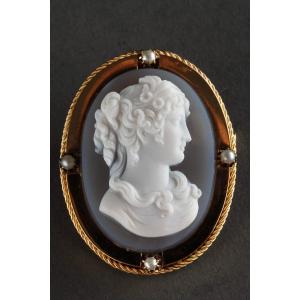

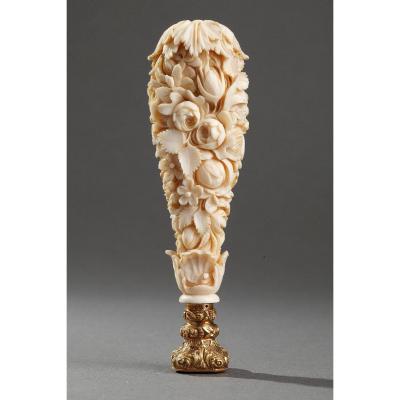
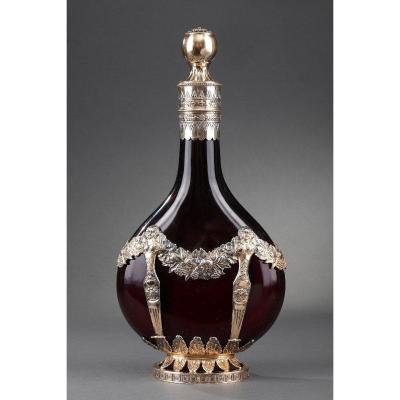
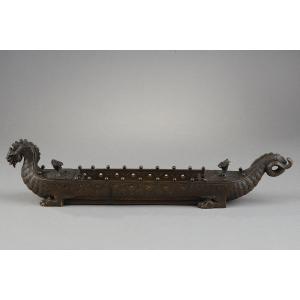
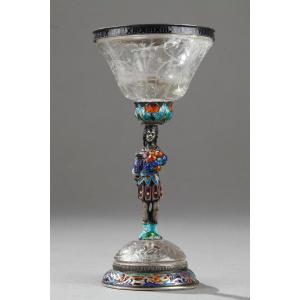


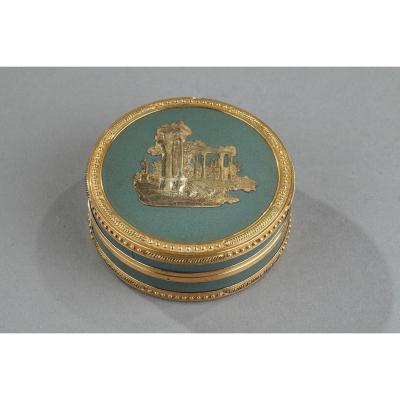

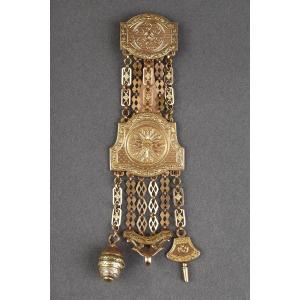











 Le Magazine de PROANTIC
Le Magazine de PROANTIC TRÉSORS Magazine
TRÉSORS Magazine Rivista Artiquariato
Rivista Artiquariato